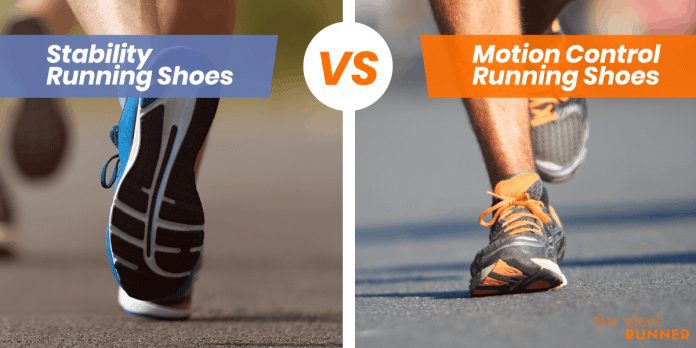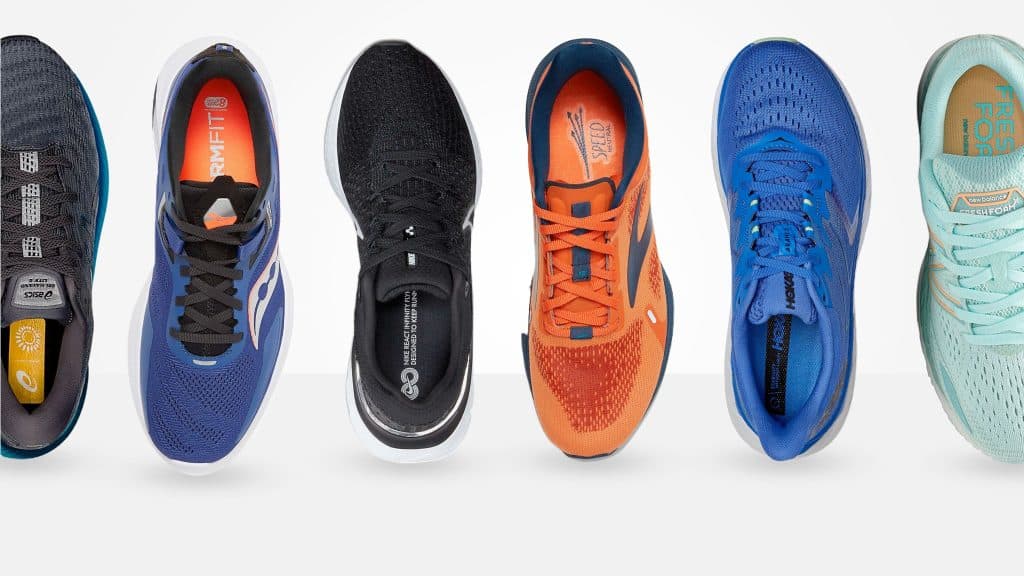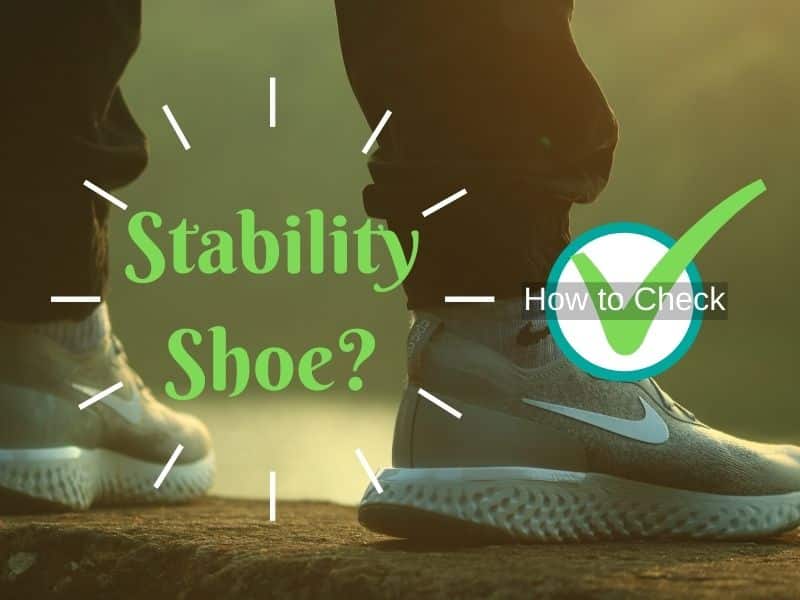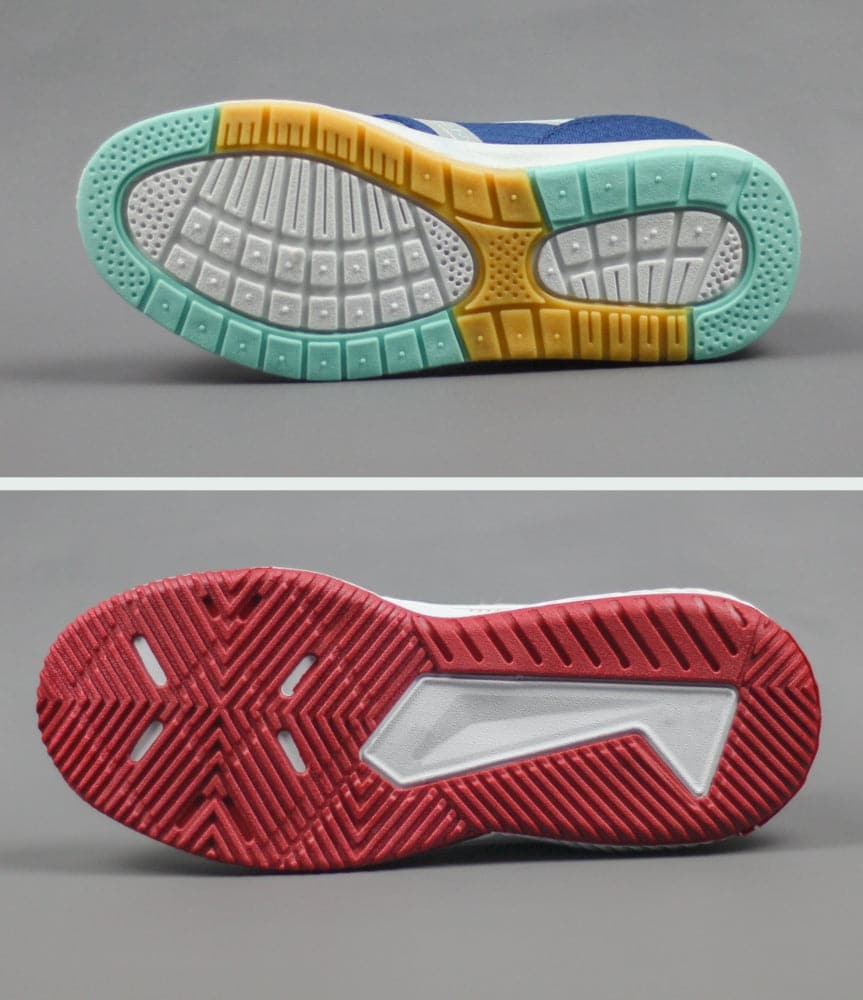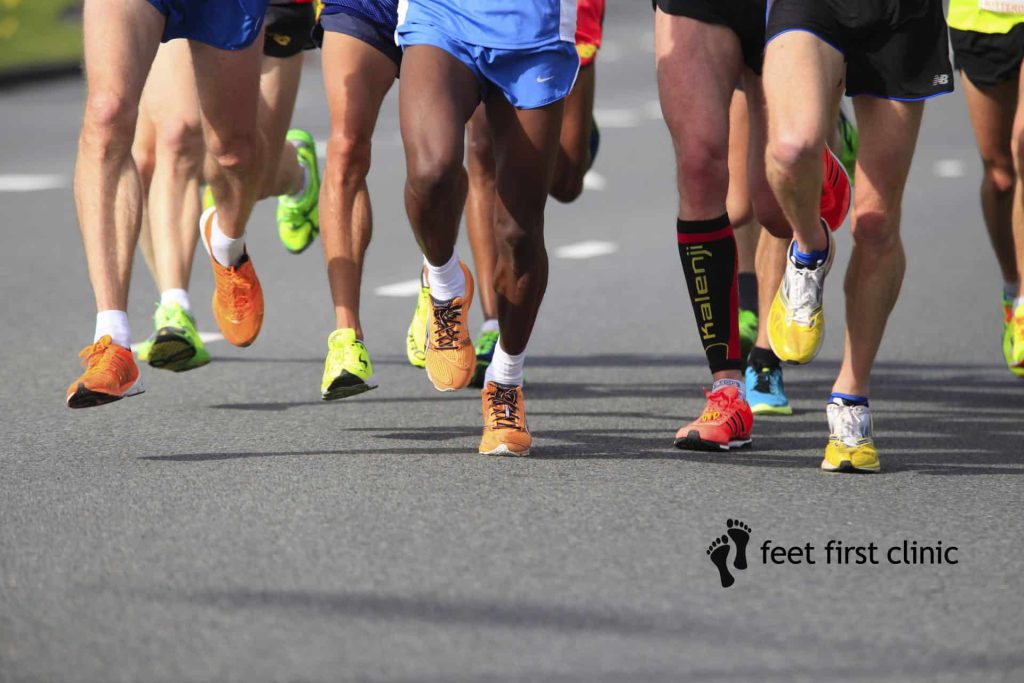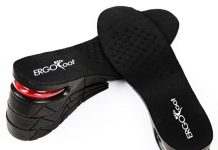Are stability shoes essential for all runners? It’s a question that has long been debated within the running community.
While some argue that stability shoes are essential to prevent injuries and provide support, others believe they may hinder natural foot motion and prevent runners from developing their intrinsic strength.
In this article, we will explore the pros and cons of stability shoes and help you determine whether they are necessary for your journey.
So lace up your shoes, and let’s hit the road!
Understanding Stability Shoes
Definition
Stability shoes are running shoes specifically designed to provide support and stability to the foot and ankle during running.
They are characterized by features such as medial posts or arch support, which help to control excessive inward rolling of the foot, known as pronation.
Stability shoes are intended to correct and reduce overpronation, a common issue among runners that can lead to discomfort and increased risk of injury.
Purpose
The primary purpose of stability shoes is to provide additional stability and support to runners who exhibit overpronation or have flat feet. These shoes aim to address biomechanical imbalances in the foot and ankle, helping to promote a more efficient and natural gait pattern.
By controlling excessive pronation, stability shoes can reduce the risk of injuries, such as plantar fasciitis, shin splints, and knee pain, often associated with improper foot mechanics during running.
Features
Stability shoes incorporate various features to counteract overpronation and provide support. One common feature is a medial post, a denser foam, or other material inside the shoe’s midsole.
This medial post helps to limit the inward rolling motion of the foot, guiding it towards a more neutral alignment. Stability shoes often have a firm heel counter, which provides additional support and helps stabilize the rear foot. They also feature ample cushioning in the midsole to absorb impact forces and promote overall comfort during running.
Determining Individual Foot Pronation
Importance of Knowing Pronation
Understanding your foot pronation is crucial in determining whether stability shoes are the right choice. Pronation refers to the natural inward rolling motion of the foot during the gait cycle, which helps with shock absorption and weight distribution.
However, excessive pronation can lead to biomechanical imbalances and an increased risk of injury. By assessing your pronation type, you can make more informed decisions about the type of running shoes that best support your feet and prevent potential problems.
Pronation Types
There are three main types of pronation: neutral pronation, overpronation, and underpronation (also known as supination). Neutral pronation is considered the ideal foot movement during running, where the foot rolls inward slightly to distribute the even impact force.
Overpronation occurs when the foot excessively rolls inward, putting stress on the arch and inner edge of the foot. Underpronation, on the other hand, is characterized by insufficient inward rolling, resulting in the majority of the impact being absorbed by the outer edge of the foot.
Methods for Determining Pronation
There are several methods for determining your foot pronation type. A straightforward way is to examine the wear pattern on your old running shoes. If you notice excessive wear on the inside edge of the shoe, it may indicate overpronation. Conversely, wear on the outer edge suggests underpronation.
Another method is the wet test, where you wet the soles of your feet and step onto a piece of paper or cardboard. By analyzing the shape of your footprint, you can get a rough idea of your pronation type.
For a more accurate assessment, seeking professional assistance from a podiatrist, physical therapist, or running store specialist who can perform a gait analysis is recommended.
Who Might Benefit from Stability Shoes
Overpronators
Overpronators who experience excessive inward foot rolling are the primary candidates for stability shoes. The additional support and stability these shoes provide help to control and reduce overpronation, promoting a more neutral foot alignment during running.
Using stability shoes, overpronators can minimize the risk of injuries associated with their foot mechanics, allowing for a more comfortable and efficient running experience.
Flat-Footed Runners
Flat-footed runners with low or collapsed arches often face stability and pronation control challenges. Stability shoes can provide the necessary support to the arch and help prevent excessive foot rolling inward.
By offering a combination of arch support and stability features, these shoes can help flat-footed runners maintain a more stable and aligned foot position, reducing the risk of injuries and improving overall running performance.
Runners with a History of Injuries
Runners with a history of foot or lower limb injuries may find stability shoes beneficial. These shoes can provide the necessary support and cushioning to help protect vulnerable areas and aid recovery.
Stability shoes can help distribute forces evenly throughout the foot, reducing excessive stress on specific areas and alleviating pain or discomfort. By providing additional stability, these shoes may also help prevent re-injury by promoting a more aligned and controlled foot motion.
When to Consider Stability Shoes
Distance and Intensity of Running
The distance and intensity of your running can influence the need to consider stability shoes. As the duration and intensity of your runs increase, the stress on your feet and lower limbs also escalates.
Stability shoes can help absorb the increased impact forces and provide the necessary support to prevent overpronation-related injuries that may occur during prolonged or intense running. If you plan to engage in longer runs or more vigorous workouts, it may be beneficial to switch to stability shoes.
Increasing Training Volume
When increasing your training volume, whether it be mileage, frequency, or intensity, stability shoes can play a crucial role in injury prevention.
The additional support these shoes provide can help mitigate the cumulative stress on your feet and lower limbs, reducing the risk of overuse injuries. Stability shoes allow you to gradually build and adapt to higher training loads without placing excessive strain on vulnerable areas by maintaining better foot alignment and controlling pronation.
Transitioning to a Different Running Surface
Stability shoes can help ease the adjustment and protect your feet from potential injuries if transitioning from running on one type of surface to another. Different surfaces, such as asphalt, trails, or tracks, can have varying impact forces and pronation demands.
Stability shoes can provide the necessary support and stability to accommodate these differences and ensure a smooth transition. Stability shoes can help reduce the risk of discomfort or injury during the adaptation period by providing consistent support regardless of the running surface.
Potential Drawbacks of Stability Shoes
Limited Ankle Mobility
One potential drawback of stability shoes is their potential to limit ankle mobility. As stability shoes are designed to control excessive foot motion, they may restrict the natural range of motion in the ankle joint.
While this limitation can benefit runners with overpronation or flat feet, it may not be ideal for individuals with standard foot mechanics or those requiring greater ankle flexibility for their running technique or specific training needs.
Reduced Natural Foot Strength
Stability shoes provide external support and cushioning, which can reduce the foot’s reliance on its intrinsic muscles for stability and shock absorption.
Over time, this dependency on external support may lead to a decrease in the natural strength and stability of the foot.
It is important to incorporate exercises and activities that promote foot strength and flexibility, such as barefoot walking or toe exercises, to counterbalance the reduced foot engagement caused by stability shoes.
Dependency on External Support
Wearing stability shoes may create a degree of dependency on the external support and features they provide. While this can be advantageous for individuals who benefit from stability shoes, it may hinder the development and improvement of natural biomechanics in the long run.
There is a risk that prolonged use of stability shoes without addressing underlying biomechanical issues may result in the foot becoming reliant on the support, potentially leading to even more significant difficulties if transitioning to other types of footwear or running without stability shoes.
Alternatives to Stability Shoes
Neutral Shoes
Neutral or cushioned or neutral-cushioned shoes are an alternative to stability shoes for runners with a more neutral foot alignment or minimal pronation issues.
These shoes provide cushioning and shock absorption without the additional support features of stability shoes.
For individuals who do not exhibit excessive pronation or may even underpronate, neutral shoes can be a suitable option, as they allow the foot to move more naturally during running while providing adequate comfort and protection.
Minimalist Shoes
Minimalist shoes, often barefoot-style or minimal-drop shoes, offer an alternative approach to running footwear. These shoes aim to simulate a barefoot running experience by providing minimal cushioning, a low heel-to-toe drop, and a flexible sole.
Minimalist shoes encourage a more natural foot strike and encourage the foot’s intrinsic muscles to engage more actively during running. However, transitioning to minimalist shoes should be done gradually, as it requires a period of adaptation to allow the feet and lower limbs to adjust to the different demands and potential increase in stress.
Orthotics
Orthotics are custom-made shoe inserts designed to correct and support specific foot issues. They can be utilized as an alternative to stability shoes for individuals with more severe pronation or specific foot abnormalities.
Orthotics are tailored to individual foot mechanics and are typically prescribed by podiatrists or orthopedic specialists. By providing personalized support, orthotics can address biomechanical imbalances and reduce the risk of injury.
It is essential to consult a healthcare professional to determine whether orthotics are the most suitable option for your specific foot condition.
The Role of Proper Running Form
Efficiency and Injury Prevention
Maintaining proper running form is essential for maximizing efficiency and minimizing the risk of injuries. Stability shoes can play a role in promoting better form by improving foot alignment and controlling excessive pronation.
By reducing inefficiencies and ensuring a more symmetrical stride, stability shoes can help runners optimize their running mechanics, leading to improved performance and reduced stress on the body.
Impact of Shoes on Running Form
The shoes you wear while running can significantly impact your running form. Stability shoes, with their supportive features, can influence the alignment and movement patterns of the foot and ankle.
However, it is essential to note that stability shoes can provide support but do not guarantee perfect form. To maintain a well-rounded and efficient running technique, focusing on other aspects of running form, such as posture, cadence, and the engagement of core and hip muscles is still crucial.
Techniques to Improve Form
To further enhance your running form, regardless of the type of shoes you wear, there are several techniques you can incorporate into your training. Firstly, maintaining a tall, relaxed posture with a slight forward lean can help promote efficient forward propulsion.
Secondly, increasing your cadence, or steps per minute, can lead to a more efficient stride and reduce excessive stress on the lower limbs. Additionally, practicing regular strength and mobility exercises, particularly for the hips, glutes, and core, can improve overall stability and enhance running form.
Seeking Professional Advice
Gait Analysis
For a comprehensive assessment of your running mechanics and foot pronation, a gait analysis conducted by a professional can provide valuable insights.
Gait analysis involves analyzing your running technique, foot strike patterns, and biomechanical factors to identify any issues and determine appropriate footwear recommendations.
This analysis is typically performed by podiatrists, physical therapists, or experienced running store specialists with specialized knowledge and tools to assess your gait accurately.
Consulting a Podiatrist or Physical Therapist
If you have concerns about your foot pronation or have experienced recurring injuries, it is advisable to consult a podiatrist or physical therapist who specializes in sports medicine.
These professionals can conduct a thorough assessment, evaluate your foot structure and mechanics, and offer personalized recommendations based on your needs. They can guide whether stability shoes are necessary for your situation or if alternative interventions, such as orthotics or specific exercises, may be more appropriate.
Getting Fitted at a Running Store
Visiting a specialty running store can also be beneficial when considering stability shoes. Running store staff are often knowledgeable about various shoe models and can assist in finding the right fit and style for your foot type and pronation.
They may offer gait analysis services, where they observe your running gait on a treadmill and provide recommendations accordingly. By trying on different stability shoes and receiving expert advice, you can make a more informed decision about the most suitable footwear for your running needs.
Considering Personal Preferences
Comfort and Fit
When selecting running shoes, personal comfort and fit should be a priority. Different shoe brands and models have varying widths, volumes, and cushioning levels, and individual feet may have unique shapes and sizes.
Try on multiple pairs of stability shoes and pay attention to how they feel on your feet. Look for shoes that provide a snug but not a tight fit, with ample room in the toe box to prevent discomfort or toe issues during longer runs.
Ultimately, choosing a pair of stability shoes that feel comfortable and supportive is essential for an enjoyable and injury-free running experience.
Weight and Cushioning
Consideration of weight and cushioning is another aspect of personal preference when choosing stability shoes.
Some runners prefer lighter shoes with a more minimalistic feel, while others prefer a heavily cushioned ride for extra comfort during longer distances. Strike a balance between weight and cushioning that suits your running style and preferences.
Remember that excessive cushioning can sometimes compromise responsiveness and make the shoe feel less stable, so finding the right combination for your needs is critical.
Trial and Error
Selecting the right pair of stability shoes may require some trial and error. Everyone’s feet are unique, and what works for one runner may not work for another. Testing different brands, models, and sizes is recommended to find the shoes that best suit your needs and preferences.
Please take advantage of store return policies to ensure you can try out the shoes and ensure they feel comfortable and meet your expectations before committing to a specific pair.
Conclusion
While stability shoes can be highly beneficial for runners with overpronation or flat feet, they are unnecessary for all runners. Understanding your foot pronation and considering factors such as training volume, running surface, and personal comfort can help determine whether stability shoes are right for you.
To receive personalized recommendations based on your needs, seeking professional advice, such as gait analysis or consultation with a podiatrist or physical therapist is essential.
You can enjoy a comfortable, injury-free running experience by finding the right footwear and maintaining proper running form.

